My Enquiry (0)
No artwork has been selected.
Please choose an artwork to enquire.
Enquiry Submitted
Thank you for your enquiry and interest in our artists’ work. A member of the gallery team will respond shortly.
000%
7 - 11 May 2025 Booth A6 The Shed
Southern Guild makes its debut at Frieze New York this May with a group presentation of sculpture, painting, tapestries and photographic work by Kamyar Bineshtarigh, Alex Hedison, Bonolo Kavula, Roméo Mivekannin, Zanele Muholi, Zizipho Poswa and Dominique Zinkpè.
Since expanding to the United States with the opening of its gallery in Los Angeles in February 2024, Southern Guild has participated in a number of major fairs for the first time. This year alone, the gallery has added FOG Design+Art in San Francisco and Frieze fairs in LA, New York and London to its programme – alongside returning to Expo Chicago, The Aspen Art Fair, The Armory Show, Untitled Art and others.
“We are committed to spotlighting the practices of our artists and ensuring deeper representation of African perspectives in global art contexts. Being at Frieze New York, one of the most important art fairs in the world, is a major affirmation of their work’s unique relevance,” says Trevyn McGowan, co-founder of Southern Guild. The gallery’s booth, positioned on the fair’s second level, spotlights artists who deploy representation as an act of agency, speaking to the historical exclusion and pictorial conventions of the Western canon. Their works respond to the need for contemporary visibility, documentation, preservation of cultural heritage and memorialisation within today’s fractured socio-political climate.
Highlights include:
Visual activist Zanele Muholi exhibits new lightbox works featuring photographs from two series, Being (T)here, Amsterdam (2009) and Somnyama Ngonyama (Hail the Dark Lioness) (2014- ongoing). Being (T)here, Amsterdam documents an intervention in which Muholi posed as a sex worker wearing ‘umutsha’ (an isiZulu beaded waistbelt) and a black satin corset in a window in the Red Light District. The series captures the hazy silhouettes of onlookers, the artist’s alluring presence and the moments of exhaustion at their performed exoticism. Somnyama Ngonyama, an ever-expanding oeuvre of black-and-white images, presents the artist as a shifting vessel for different characters and archetypes. The series responds to the near-invisibility of Black women and non-binary bodies as subjects of representation in the history of Western painting and portraiture prior to the 20th century. Muholi’s work is currently featured in three major institutional shows: at the Serralves Museum in Porto, Portugal; Instituto Moreira Salles in São Paulo, Brazil; and SCAD Museum of Art in Georgia, US where they were recently the SCAD deFINEART 2025 honoree. A new solo exhibition, Faces and Phases 19, opening at Southern Guild Los Angeles immediately after Frieze New York (17 May – 6 September), heralds the expansion of their Faces and Phases portrait project, a global archive celebrating the lives of Black lesbians, trans masculine and gender non-conforming communities to include participants from Los Angeles, London, Salvador, São Paolo and Porto.
Two new bronze and ceramic sculptures from Zizipho Poswa’s ongoing Magodi series celebrate the elaborate art of African hair styling, passed down through generations of women across the continent and diaspora. Each sculpture in this series is either titled after the group of people and geographical region the hairstyle originates from, or the actual name of a hairstylist or woman who famously wore the style. One of the artist’s works to be presented at Frieze New York honours the legacy of South African singer and former New York City resident, Miriam Makeba, as a symbol of resistance, pride and African unity. Makeba embraced Fulani hairstyling traditions as an expression of Black Consciousness during her time living in Guinea, after she was rendered stateless by the South African Apartheid regime. Poswa’s work is currently featured alongside that of Muholi in Imagining Black Diasporas: 21st-Century Art and Poetics at at The Los Angeles County Museum of Art (LACMA) (until 3 August, 2025), and the upcoming group exhibition Between Distance and Desires at The Soloviev Foundation in Manhattan (opening 1 May until 31 December, 2025).
Abstract paintings from a new series by Kamyar Bineshtarigh foreground his interest in mark-making and the memorialisation of space, explored through a unique process of wall extractions from sites of architectural interest. Bineshtarigh applies cold glue over layers of wall paint, then peels this away to create ghostly skins embedded with found marks and imprinted with structural details. Featured in Phaidon’s volume Vitamin Txt: Words in Contemporary Art, the works from his 2023 solo exhibition 9 Hopkins mapped the now-demolished industrial building that housed his studio, accretions of memory and grief at the city’s fraught legacy of class and racial division. His panels for Frieze New York are remnants of a slightly different kind, extracted from the walls of fellow artists’ studios – in particular, the spectral abstractions left behind by South African artist Alka Dass in making her cyanotype works. They form part of a new body of work that will be exhibited at Southern Guild Cape Town in August 2025.
A large standing bronze sculpture by Dominique Zinkpè renders an assemblage of Ibéji figurines, materialising the dualism and inter-connection between the self and society. Originally hand-carved in wood, the statuettes represent a channel to the Yoruba orisha (deity) of fertility and prosperity and are linked to the spiritual veneration of twins in Benin. Describing his artistic practice as a form of priesthood, Zinkpè seeks to preserve and animate the Vodun spiritual beliefs at the heart of traditional Yoruba culture. His first solo exhibition with Southern Guild, Ejire (Double Rhyme), currently on view in Cape Town (until 15 May), brings together a large number of assemblage sculptures made from Ibéji dolls, whose magnetism derives from their multiplicity.
Roméo Mivekannin’s large-scale canvas subverts an historical painting, titled Le Billet (1851), by French artist Armand Cambon, a protégé of Ingres. The original work depicts a young woman dressed in sumptuous evening attire, reading a small booklet or note. Caught up in her own thoughts, her expression makes the painting’s title even more enigmatic: the word ‘billet’ evokes both a secret message and money. As with most of the works that Mivekannin chooses to revisit, he is interested in the way in which the viewer is led to project ideas and suppositions onto the depicted subject. Through a simple game of substitution and re-contextualisation, he unsettles the narrative by assigning the subject a sense of agency, inserting his own face and meeting the audience with his questioning gaze. Mivekannin’s solo exhibition, Black Mirror, is currently on view at Collezione Maramotti in Emilia-Romagna, Italy, and in the group exhibition The True Size of Africa at World Heritage Völkliger Hütte in Vöklingen, Germany.
New photographs by Los Angeles-based artist and filmmaker Alex Hedison traverse the territory between the familiar and the unknown in both our outer and inner worlds. Committed to the decisiveness and precision of working with large- and medium-format film as well as digital technology, she addresses the interstices between tradition and novelty by exploring transitions between the two. Each photograph is a direct encounter between the individual and the immensity of the landscape, both architectural and natural. Hedison often focuses on synthetic veils in ordinary environments, identifying a conceptual space between places. A geometry emerges and creates an architectural composition irrespective of context, linking her work to a medium-specific modernity that bolsters her observations of contemporary life. Hedison formed part of Southern
Guild’s all-women focused booth at Frieze Los Angeles 2025, where it attracted significant attention for its prescient focus on loss and the preservation of landscape in the fire-ravaged city of Malibu. Her work is in the collection of the Hammer Museum and in private collections including The Beth Rudin DeWoody Collection at The Bunker Art Space.
Two wall hangings by Bonolo Kavula foreground the artist’s use of tiny discs of fabric connected by thread. Kavula hones in on a singular, culturally resonant material: traditional shweshwe cloth, inspired by a dress of her mother’s that is now a family heirloom. Stitched together at mathematically precise intervals, her near-translucent fabric grids are embedded with collective histories of culture and ancestry. The process is that of excessive repetition, each dot with its own landscape of minutiae, telling of the meditative action of labour and of the creation of new meaning through deconstruction and transformation. Southern Guild has presented Kavula’s work at Frieze Los Angeles and in the group exhibition signifying the impossible song at its Los Angeles gallery in 2024.
Artists
Alex Hedison
Bonolo Kavula
- Dominique Zinkpè
- Kamyar Bineshtarigh
Roméo Mivekannin
- Zanele Muholi
- Zizipho Poswa
Works
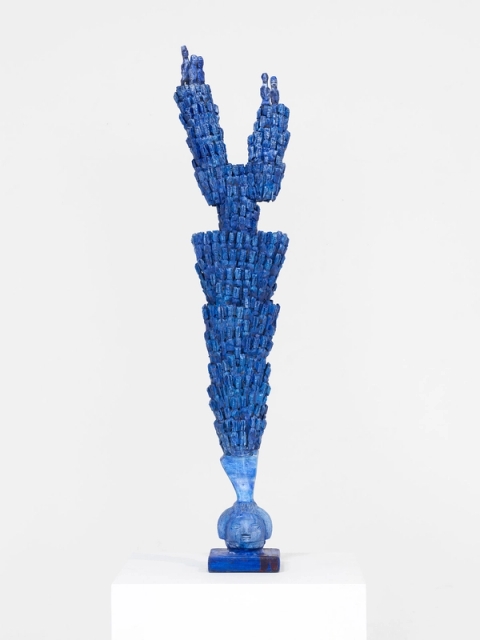
Dominique Zinkpè
Émancipation, 2025 - Dominique ZinkpèTimber, acrylic
48.8 x 10.8 x 7.4 in. | 124 x 27.5 x 19 cm
Sold
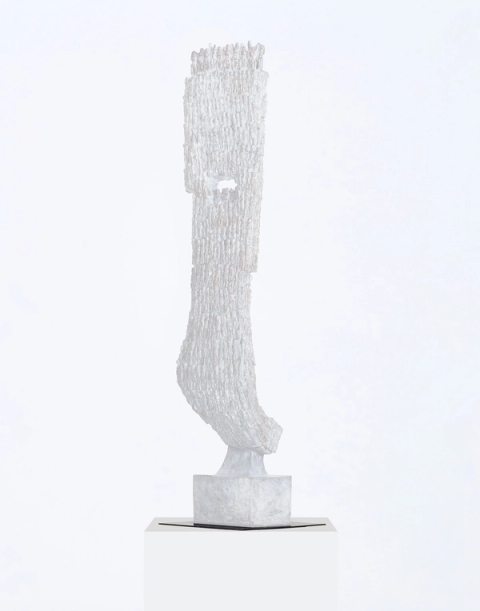
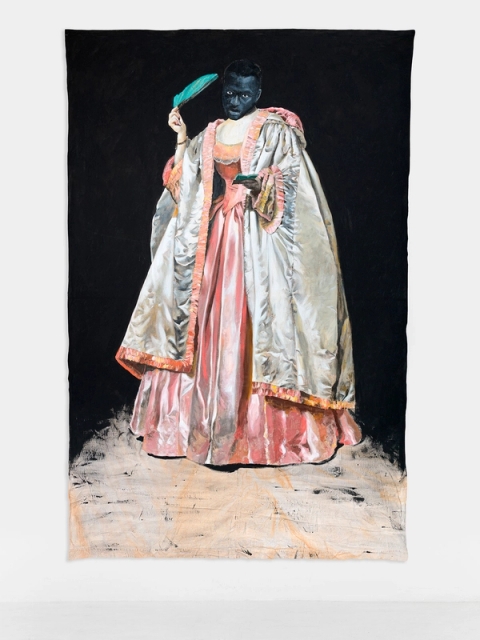
Roméo Mivekannin
Le Billet, after Armand Cambon (1851), 2025Acrylic, elixir baths on canvas
110.2 x 71.6 in | 280 x 182 cm
Sold
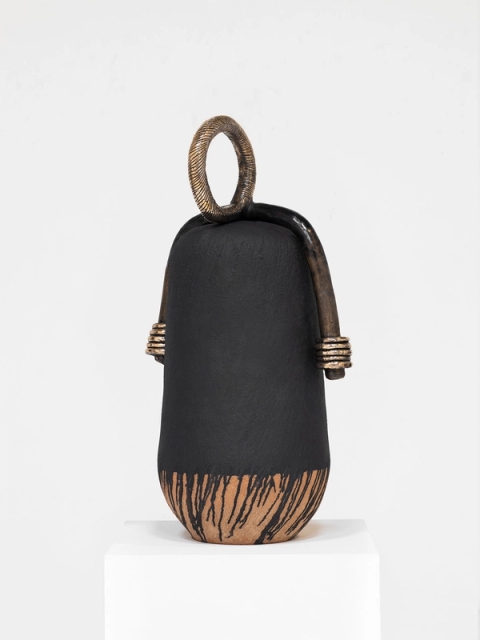
Zizipho Poswa
Mam’uMiriam Makeba, Guinea, South Africa, 2025 - Zizipho PoswaGlazed earthenware, bronze
36.2 x 14.6 x 19.9 in. | 92 x 37 x 50.5 cm
Sold
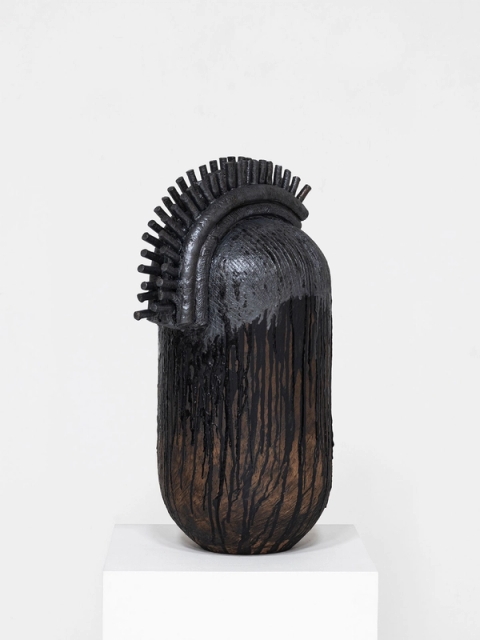
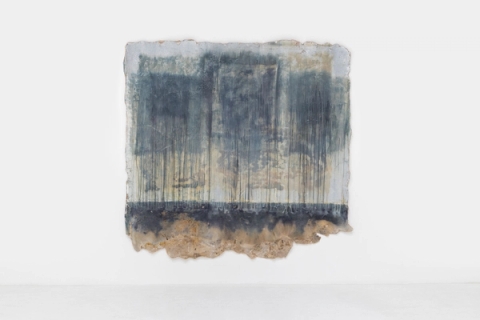
Kamyar Bineshtarigh
Alka's Darkroom Wall II, 2025Wall paint, cyanotype solution, cold glue on hessian backing
118.5 x 113.4 in. | 301 x 288 cm
Sold
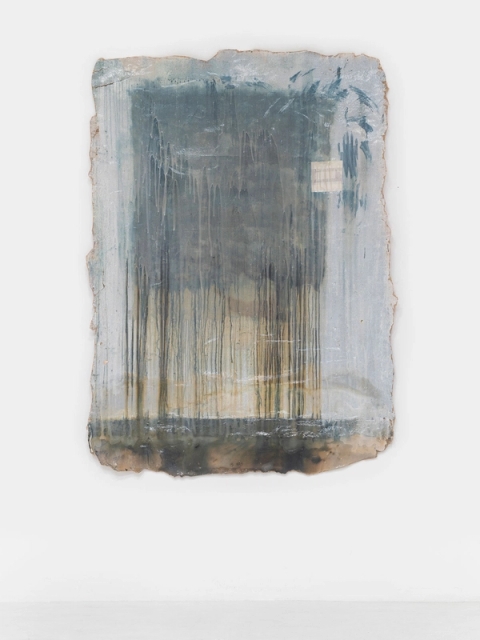
Kamyar Bineshtarigh
Alka's Darkroom Wall, 2025Wall paint, cyanotype solution, cold glue, masking tape on hessian backing
84.2 x 62.2 in. | 214 x 158 cm

Bonolo Kavula
redemption, 2025Punched Shweshwe, thread, timber
41.3 x 29.9 x 0.4 in. | 105 x 76 x 1 cm

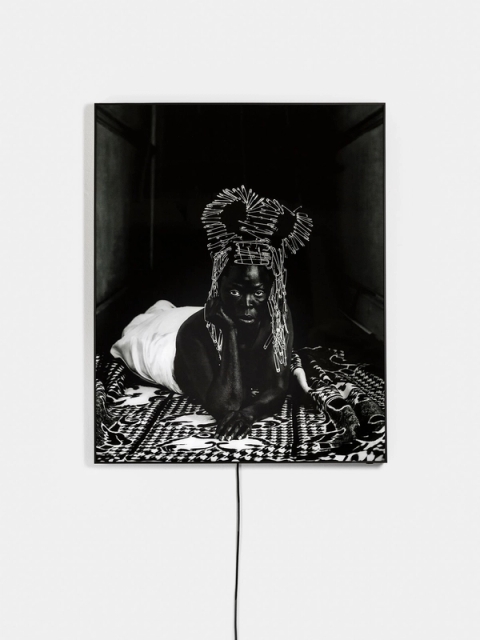
Zanele Muholi
Mlingani II, District Six, Cape Town, 2025Lightbox
43.3 x 35.9 in. | 110 x 91 cm
Edition of 5, 2 AP
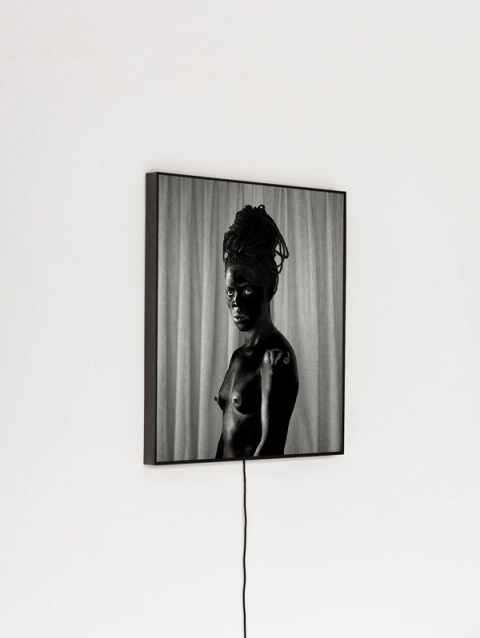
Zanele Muholi
Bakhaya, 2305 Marine Parade Hotel, Durban, 2019Lightbox
43.3 x 35.4 in. | 110 x 90 cm
Edition of 5, 2 AP
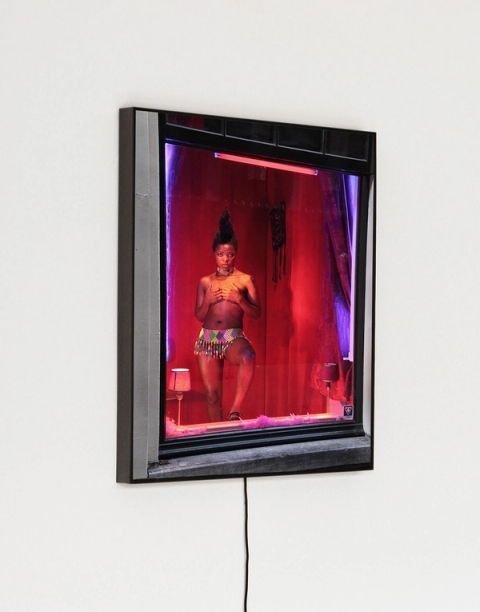
Zanele Muholi
Being (T)here, Amsterdam IV (Revised), 2009 - 2023Lightbox
42.13 x 28.38 x 3.5 in. | 107 x 72 x 9 cm
Edition of 8, 2AP
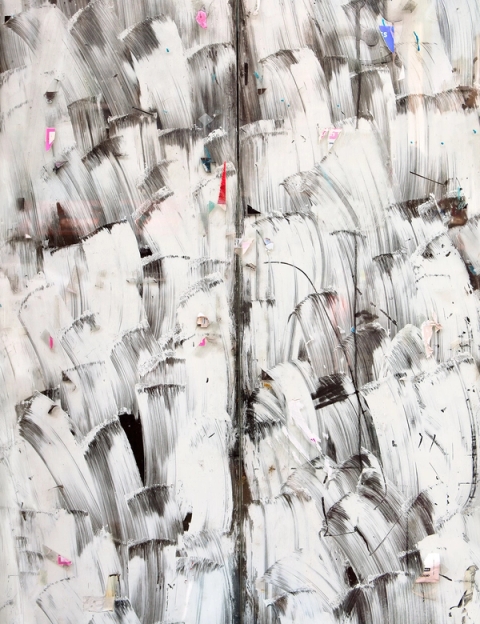
Alex Hedison
Found Paintings #9 (The In Between), 2017Archival Hahnemühle Ink Jet print
59.6 x 41.6 in. | 151.4 x 105.7 cm
Edition of 5, 2AP
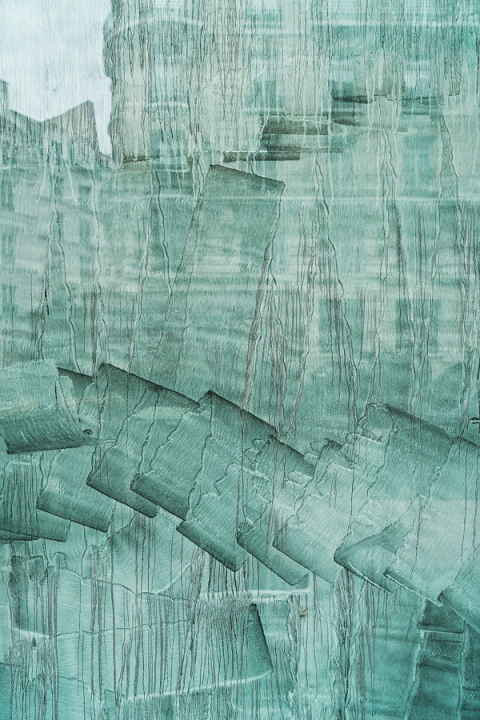
Alex Hedison
Found Paintings #19 (The In Between), 2017Archival Hahnemühle Ink Jet print
59.6 x 41.6 in. | 151.4 x 105.7 cm
AP1, Edition of 5, 2AP
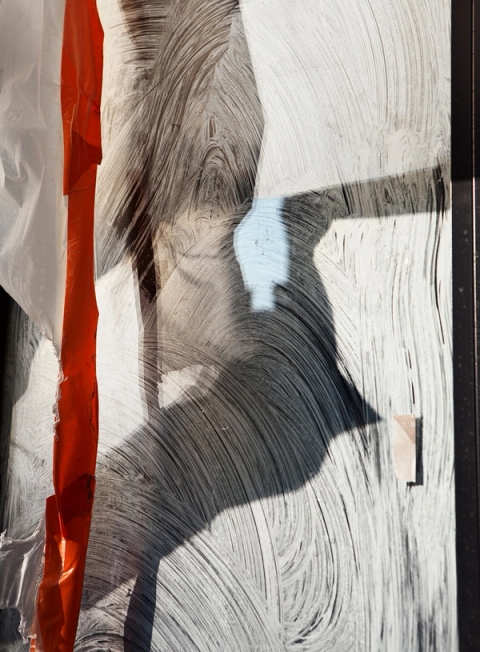
Alex Hedison
Found Paintings #6 (The In Between), 2017Archival Hahnemühle Ink Jet print
53.6 x 41.6 in. | 136.2 x 105.7 cm
Edition of 5, 2AP
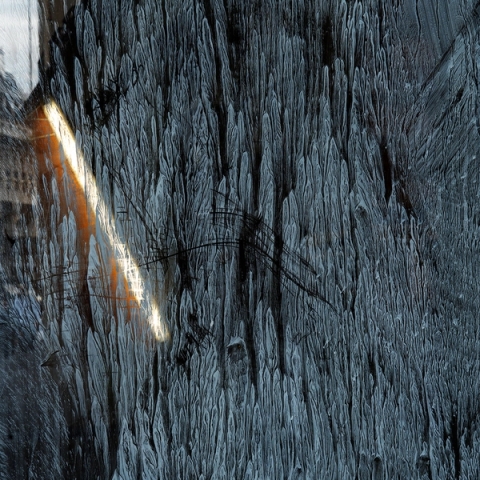
Alex Hedison
Found Paintings #22 (The In Between), 2017Archival Hahnemühle Ink Jet print
31.7 x 31.7 in. | 80.6 x 80.6 cm
Edition of 5, 2AP
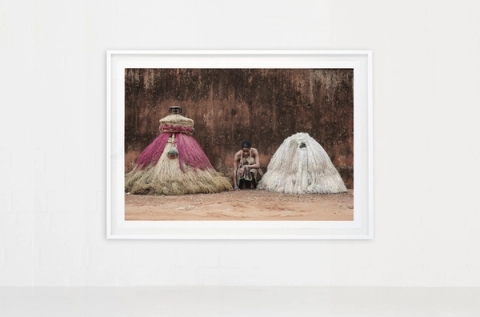
Nandipha Mntambo
Dan VII, 2021Photographic print on cotton rag paper
50.4 x 70 in. | 128 x 178 cm
Edition 3 of 5







